Home>Home Appliances>Kitchen Appliances>How To Organize Glass Tupperware
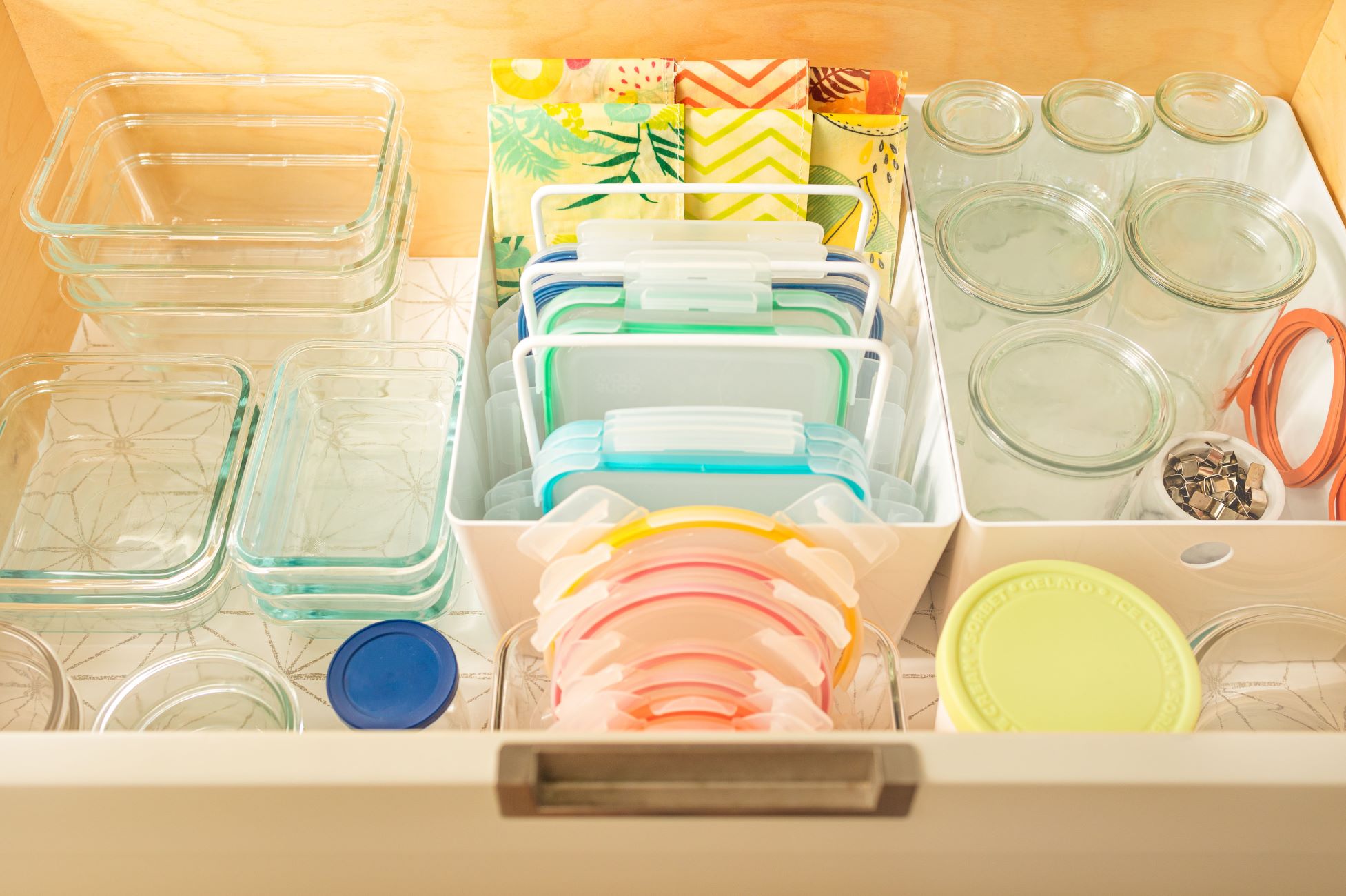

Kitchen Appliances
How To Organize Glass Tupperware
Modified: October 20, 2024
Learn how to efficiently organize your glass Tupperware and other kitchen appliances with our expert tips and tricks. Keep your kitchen clutter-free and functional.
(Many of the links in this article redirect to a specific reviewed product. Your purchase of these products through affiliate links helps to generate commission for Storables.com, at no extra cost. Learn more)
Introduction
Organizing glass Tupperware can be a game-changer in your kitchen. It not only saves space but also makes it easier to find the right container when you need it. Whether you're a meal prep enthusiast, a busy parent, or someone who simply enjoys a well-organized kitchen, having an efficient system for your glass Tupperware can make a significant difference in your daily routine.
In this comprehensive guide, we will explore practical steps to help you declutter, stack, store, label, and maintain your glass Tupperware collection. By following these steps, you can transform your kitchen storage into a streamlined and functional space. From preventing avalanches of mismatched containers to saying goodbye to the frustration of not finding the right lid, this guide will equip you with the tools to conquer the chaos and bring order to your glass Tupperware collection.
So, roll up your sleeves, gather your glass Tupperware, and get ready to embark on a journey toward a more organized and efficient kitchen. Let's dive into the step-by-step process of transforming your glass Tupperware chaos into a harmonious storage system that will simplify your life and elevate your kitchen experience.
Key Takeaways:
- Declutter and stack your glass Tupperware to create a tidy and accessible kitchen. Sort out damaged items, stack vertically, and use transparent organizers for a streamlined and visually appealing storage solution.
- Label and maintain your glass Tupperware for efficient meal prep. Use clear labels, categorize by function, and keep them clean to simplify finding the right container and ensure a hygienic storage system.
Step 1: Sort and Declutter
The first step in organizing your glass Tupperware collection is to sort through the containers and declutter any items that are damaged, missing lids, or simply not being used. This process not only creates space but also streamlines your collection, making it easier to find what you need when you need it.
Start by gathering all your glass Tupperware containers and their corresponding lids in one central location. This allows you to take stock of your entire collection and assess each item effectively. As you begin sorting, set aside any containers that are cracked, chipped, or warped. These items are not only unsightly but can also compromise food storage. Similarly, if you come across any lids that do not fit properly or are orphaned without a matching container, consider repurposing them or recycling them if they are beyond use.
Once you have identified the containers and lids that are in good condition and have matching pairs, it's time to declutter based on functionality. Consider the sizes and shapes of the containers and assess whether they align with your current storage needs. If you find containers that are rarely used or are redundant due to overlapping sizes, consider donating them or repurposing them for non-food storage purposes.
As you sort through your glass Tupperware, take a moment to wipe down each item with a damp cloth to remove any lingering food residue or odors. This simple step not only ensures that your containers are clean and ready for use but also allows you to assess their condition more effectively.
By the end of this sorting and decluttering process, you will have a curated collection of glass Tupperware that is free from damaged or mismatched items, making it easier to move on to the next steps of organizing and optimizing your storage space.
Step 2: Stack and Store Efficiently
Once you have decluttered and sorted your glass Tupperware collection, the next crucial step is to stack and store the containers efficiently. This process not only maximizes the use of available space but also ensures that your glass Tupperware is easily accessible when needed.
Utilize Vertical Space
Consider utilizing vertical space in your kitchen cabinets or pantry by investing in stackable storage solutions specifically designed for Tupperware. These organizers typically feature adjustable dividers and shelves, allowing you to customize the storage configuration to accommodate various container sizes. By stacking your glass Tupperware vertically, you can optimize space and minimize clutter, making it easier to locate specific containers without rummaging through a disorganized pile.
Nesting and Interlocking
For containers that are not in use, consider nesting them within each other to save space. Glass Tupperware sets often come with containers that nest neatly, allowing you to stack multiple pieces without taking up excessive room. Additionally, some glass Tupperware sets feature interlocking lids, enabling you to stack containers with their corresponding lids attached, further optimizing storage space and preventing lid misplacement.
Read more: How To Store Tupperware In Cabinets
Dedicated Storage Zones
Designate specific storage zones for your glass Tupperware within your kitchen cabinets or pantry. By allocating a dedicated area for these containers, you can maintain a cohesive and organized storage system. Consider using adjustable shelving or drawer dividers to create separate compartments for various container sizes, ensuring that each piece has its designated spot.
Consider Transparent Organizers
Invest in transparent storage bins or organizers to store your glass Tupperware lids. Transparent containers allow you to easily identify and access the appropriate lid without having to sift through a jumble of mismatched pieces. Additionally, these organizers provide a visually appealing and streamlined storage solution, enhancing the overall aesthetic of your kitchen storage area.
By implementing these efficient stacking and storage strategies, you can transform your glass Tupperware storage into a well-organized and accessible system. This not only simplifies meal prep and storage but also contributes to a more functional and visually appealing kitchen space.
Step 3: Label and Identify
Labeling and identifying your glass Tupperware containers and lids is a pivotal step in creating an organized and efficient storage system. By implementing clear labeling and identification methods, you can streamline the process of locating specific containers and matching lids, ultimately saving time and reducing frustration in your daily kitchen routines.
Utilize Labeling Tools
Invest in a reliable labeling tool, such as a handheld label maker or waterproof markers designed for writing on glass surfaces. These tools allow you to create clear and durable labels that withstand regular use and washing. When labeling your glass Tupperware, include essential details such as the container size, date of food storage (if applicable), and any specific contents. Clear and concise labeling ensures that you can quickly identify the appropriate container for your storage needs without the need for guesswork.
Read more: How To Organize Glasses
Categorize by Function
Consider categorizing your glass Tupperware based on function or food type. For example, designate specific containers for meal prep, leftovers, snacks, or ingredients such as grains or legumes. By categorizing your containers, you can streamline the process of selecting the right container for a particular purpose, reducing the time spent searching through an assortment of options.
Color-Coding System
Implement a color-coding system using adhesive dots or stickers to differentiate between container sizes or specific food categories. For instance, assign a specific color to containers intended for storing fresh produce, another for protein-based dishes, and a different color for baked goods. This visual cue allows for quick identification and selection of the appropriate container, especially when time is of the essence during meal preparation.
Identify Lid Compatibility
To simplify the process of matching lids to containers, consider labeling the lids with corresponding numbers or letters that align with the containers. This method ensures that you can effortlessly identify the correct lid for each container, eliminating the frustration of searching for a matching pair.
Maintain Consistency
Consistency is key when it comes to labeling and identifying your glass Tupperware. Ensure that all family members or household members are familiar with the labeling system to maintain uniformity and facilitate seamless organization. By establishing a clear and consistent labeling approach, you can effectively communicate the storage system to everyone who interacts with the glass Tupperware, promoting a harmonious and organized kitchen environment.
By incorporating these labeling and identification strategies, you can elevate the functionality and efficiency of your glass Tupperware storage, creating a well-organized system that simplifies meal preparation and enhances the overall kitchen experience.
Read more: How To Use Tupperware Steamer
Step 4: Maintain and Clean
Maintaining and cleaning your glass Tupperware is essential for preserving its quality, ensuring food safety, and prolonging the lifespan of the containers. By incorporating regular maintenance and cleaning practices into your kitchen routine, you can uphold the integrity of your glass Tupperware collection and promote a hygienic storage environment.
Regular Inspection
Initiate a habit of conducting regular inspections of your glass Tupperware to identify any signs of wear, damage, or lingering odors. Check for cracks, chips, or scratches that may compromise the structural integrity of the containers. Additionally, inspect the lids for any warping or deterioration that could affect their sealing capabilities. By promptly addressing any issues, you can prevent potential food contamination and maintain a reliable storage system.
Handwashing and Drying
When it comes to cleaning glass Tupperware, opt for handwashing over dishwasher use to preserve the containers' condition. Use a mild dish soap and a non-abrasive sponge to gently clean the containers, ensuring that all food residue and odors are thoroughly removed. Pay special attention to the crevices and grooves where food particles may accumulate. After washing, allow the glass Tupperware to air dry completely before stacking or storing them to prevent moisture retention and potential mold growth.
Odor Elimination
To combat lingering odors in your glass Tupperware, consider soaking the containers in a solution of equal parts water and white vinegar. This natural remedy helps neutralize odors and eliminate any residual smells from previous food storage. After soaking, thoroughly rinse the containers and allow them to air dry. Alternatively, placing a small bowl of baking soda inside the sealed containers can help absorb odors over time, keeping your glass Tupperware fresh and odor-free.
Read more: How To Store Blueberries In Tupperware
Storage Environment
Take into account the storage environment for your glass Tupperware to maintain its pristine condition. Store the containers in a cool, dry area away from direct sunlight to prevent discoloration or degradation of the material. Avoid exposing the glass Tupperware to extreme temperature changes, as sudden shifts can lead to thermal stress and potential breakage. By safeguarding the storage environment, you can ensure that your glass Tupperware remains in optimal condition for long-term use.
Lid Maintenance
Regularly inspect and clean the lids of your glass Tupperware to uphold their functionality. Check the sealing gaskets for any signs of wear or debris accumulation, and ensure that they are securely attached to the lids. Clean the lids using the same gentle handwashing method as the containers, paying attention to the sealing edges to maintain an airtight seal. Proper lid maintenance is crucial for preserving food freshness and preventing leaks during storage.
By integrating these maintenance and cleaning practices into your kitchen routine, you can uphold the quality and functionality of your glass Tupperware collection, ensuring a hygienic and efficient food storage system for your everyday needs.
Conclusion
In conclusion, the process of organizing glass Tupperware is not merely about tidying up kitchen storage; it's about transforming the way we approach meal preparation, food storage, and overall kitchen functionality. By following the systematic steps outlined in this guide, you have embarked on a journey toward creating a harmonious and efficient glass Tupperware storage system that aligns with your lifestyle and culinary needs.
Through the initial phase of sorting and decluttering, you have curated a collection of glass Tupperware that is free from damaged or mismatched items, setting the stage for an organized and streamlined storage solution. The subsequent step of stacking and storing efficiently has empowered you to maximize space, optimize accessibility, and elevate the visual appeal of your kitchen storage area. By implementing vertical stacking, nesting, and dedicated storage zones, you have transformed your glass Tupperware storage into a functional and visually pleasing space.
The emphasis on labeling and identifying your glass Tupperware containers and lids has introduced a level of precision and clarity to your storage system. By utilizing labeling tools, categorization methods, and color-coding systems, you have simplified the process of locating specific containers and matching lids, ultimately saving time and reducing frustration in your daily kitchen routines.
Furthermore, the commitment to maintaining and cleaning your glass Tupperware ensures the longevity, hygiene, and reliability of your storage system. By incorporating regular inspections, handwashing, odor elimination, and lid maintenance, you have established a proactive approach to preserving the quality of your glass Tupperware collection, promoting food safety, and upholding a pristine storage environment.
As you reflect on the transformative journey of organizing your glass Tupperware, envision the impact it will have on your daily life. From effortlessly locating the perfect container for meal prep to maintaining a clutter-free and visually appealing kitchen space, the benefits of an organized glass Tupperware storage system extend far beyond mere tidiness. It's about reclaiming control of your kitchen, streamlining your culinary endeavors, and embracing a more efficient and enjoyable cooking experience.
So, as you stand amidst your thoughtfully organized glass Tupperware, take pride in the transformation you have achieved. Embrace the newfound harmony and functionality that permeates your kitchen, and savor the ease and efficiency that comes with a well-organized glass Tupperware storage system. Cheers to a kitchen space that not only reflects order and practicality but also enhances your culinary adventures with every neatly stacked container and precisely labeled lid.
Frequently Asked Questions about How To Organize Glass Tupperware
Was this page helpful?
At Storables.com, we guarantee accurate and reliable information. Our content, validated by Expert Board Contributors, is crafted following stringent Editorial Policies. We're committed to providing you with well-researched, expert-backed insights for all your informational needs.
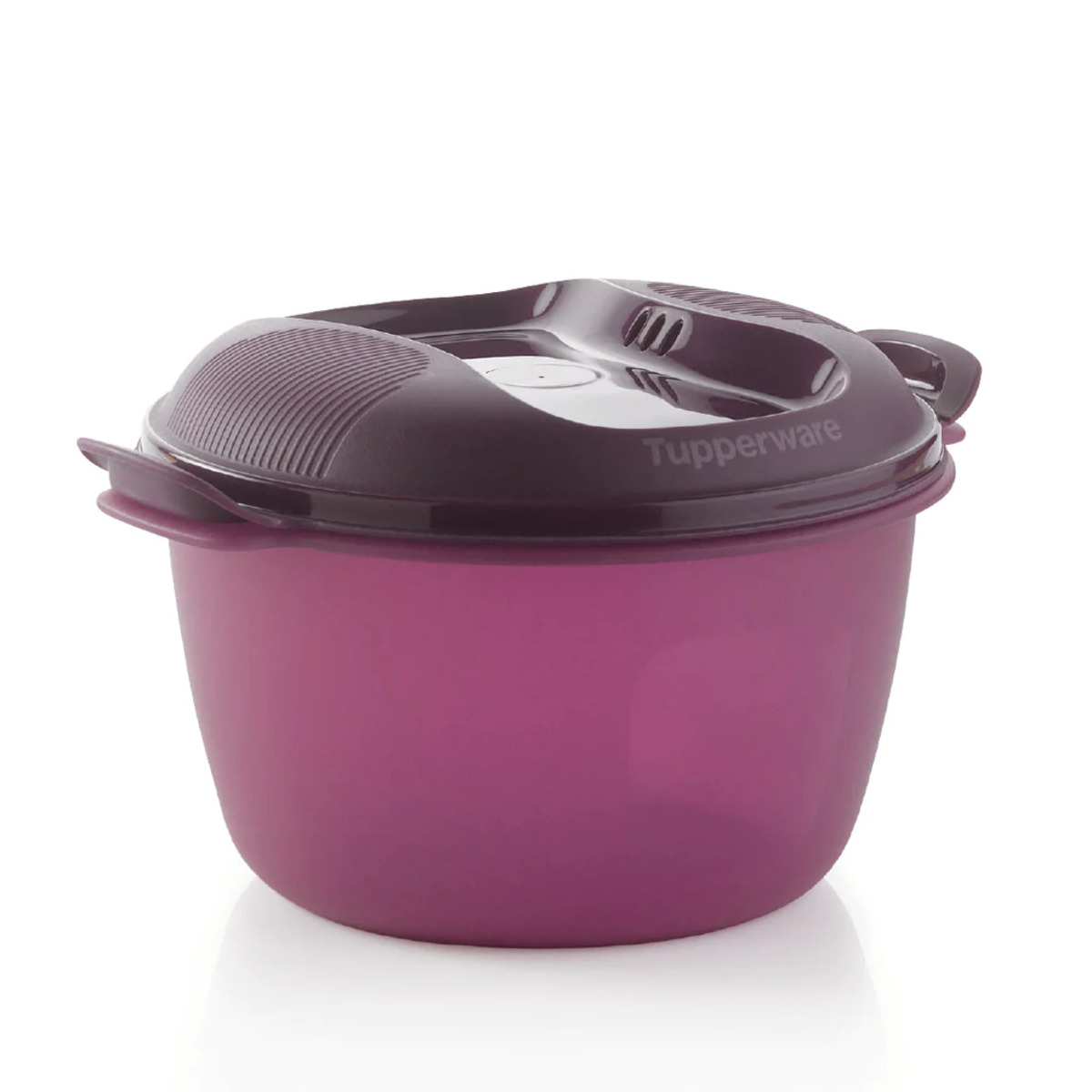
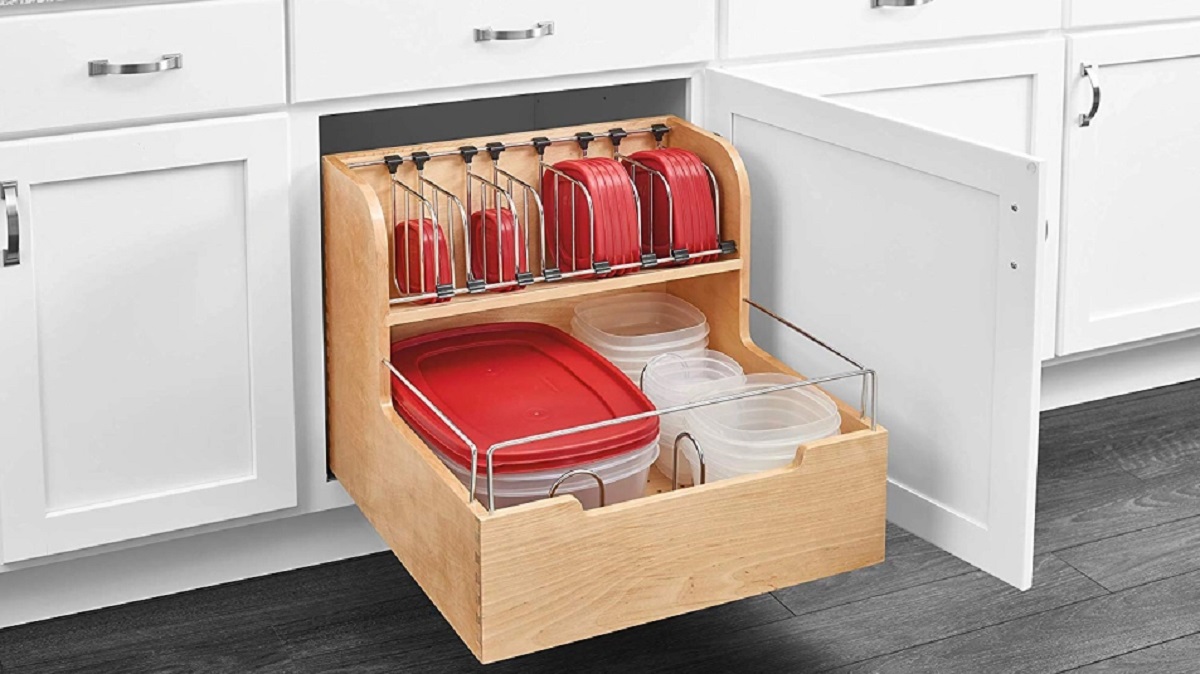
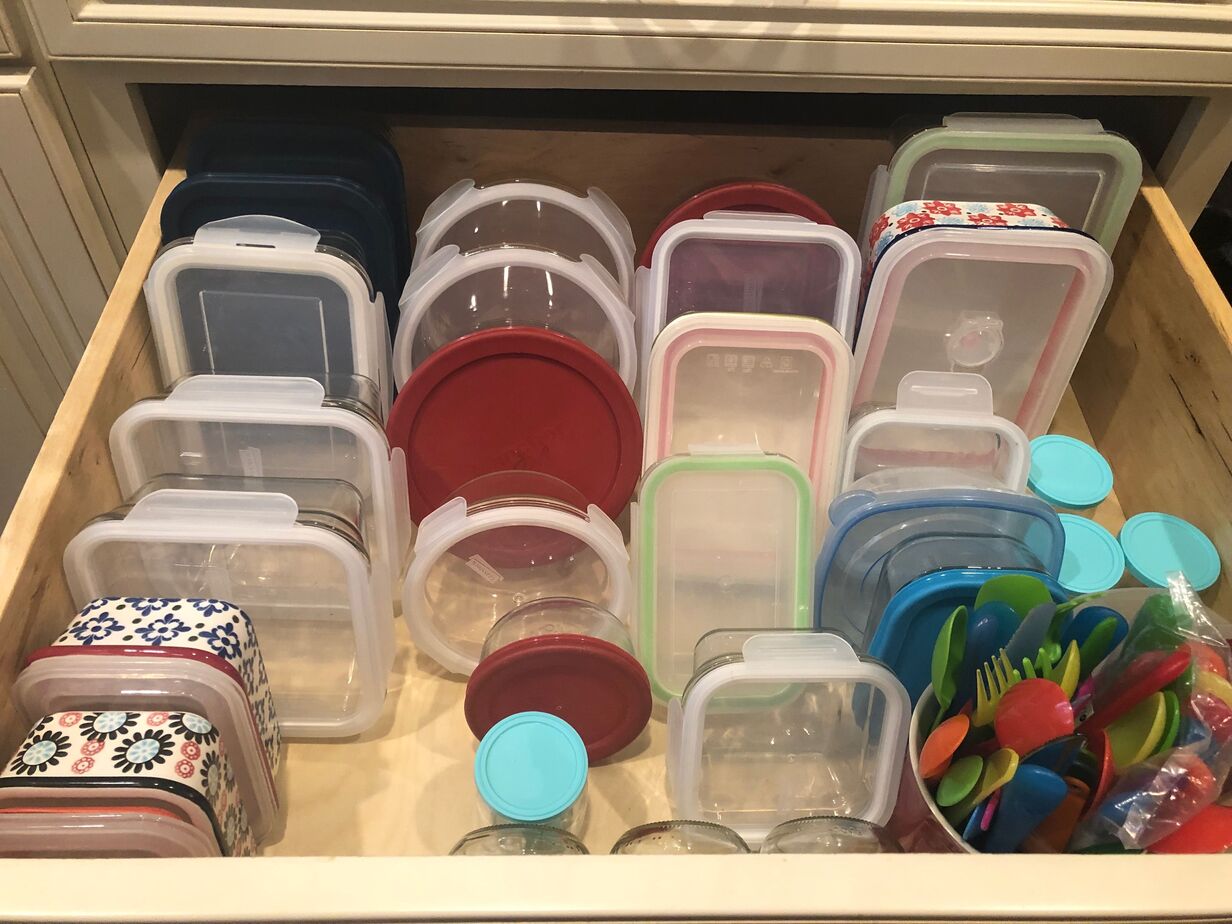
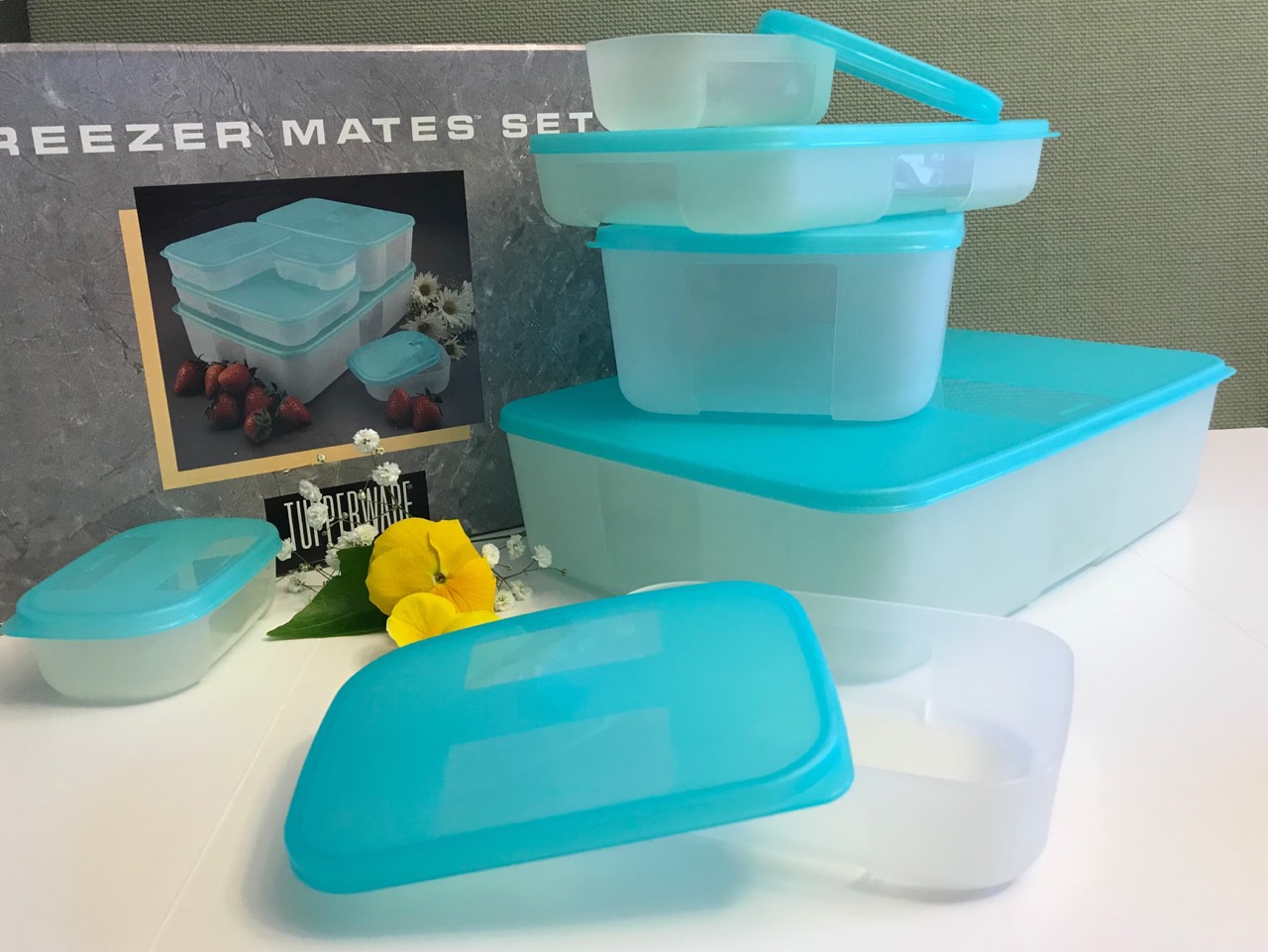
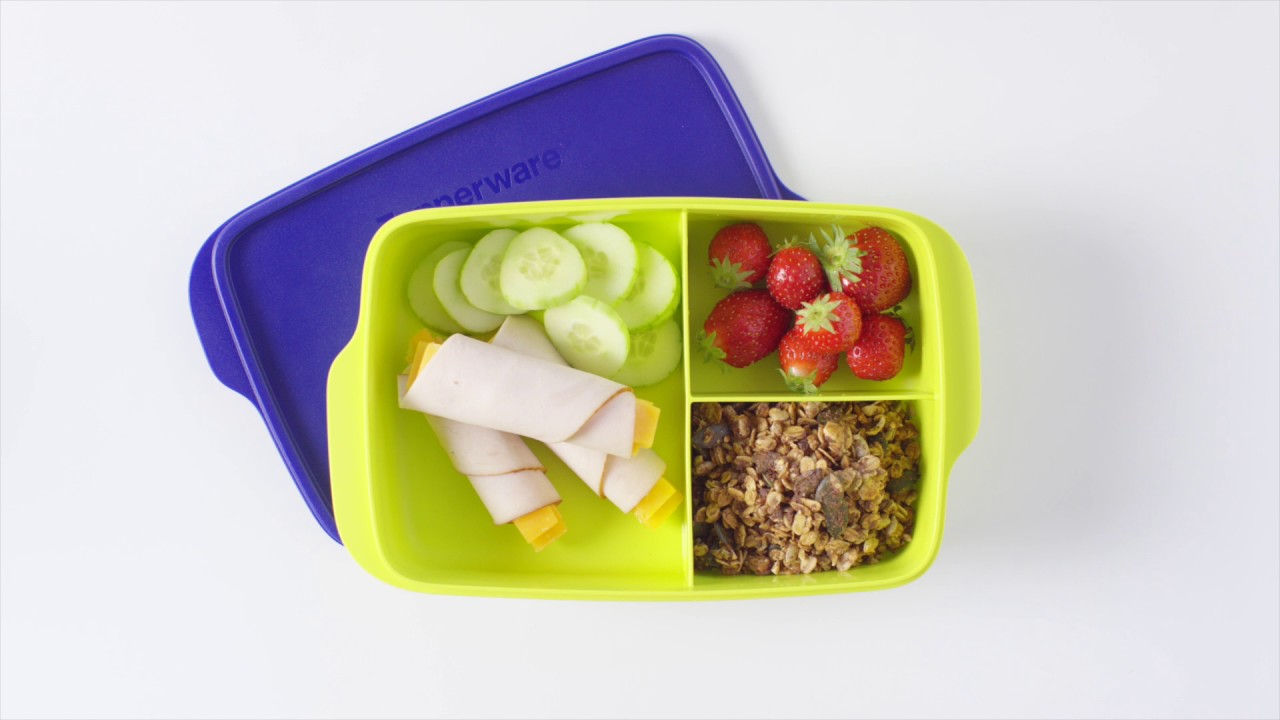
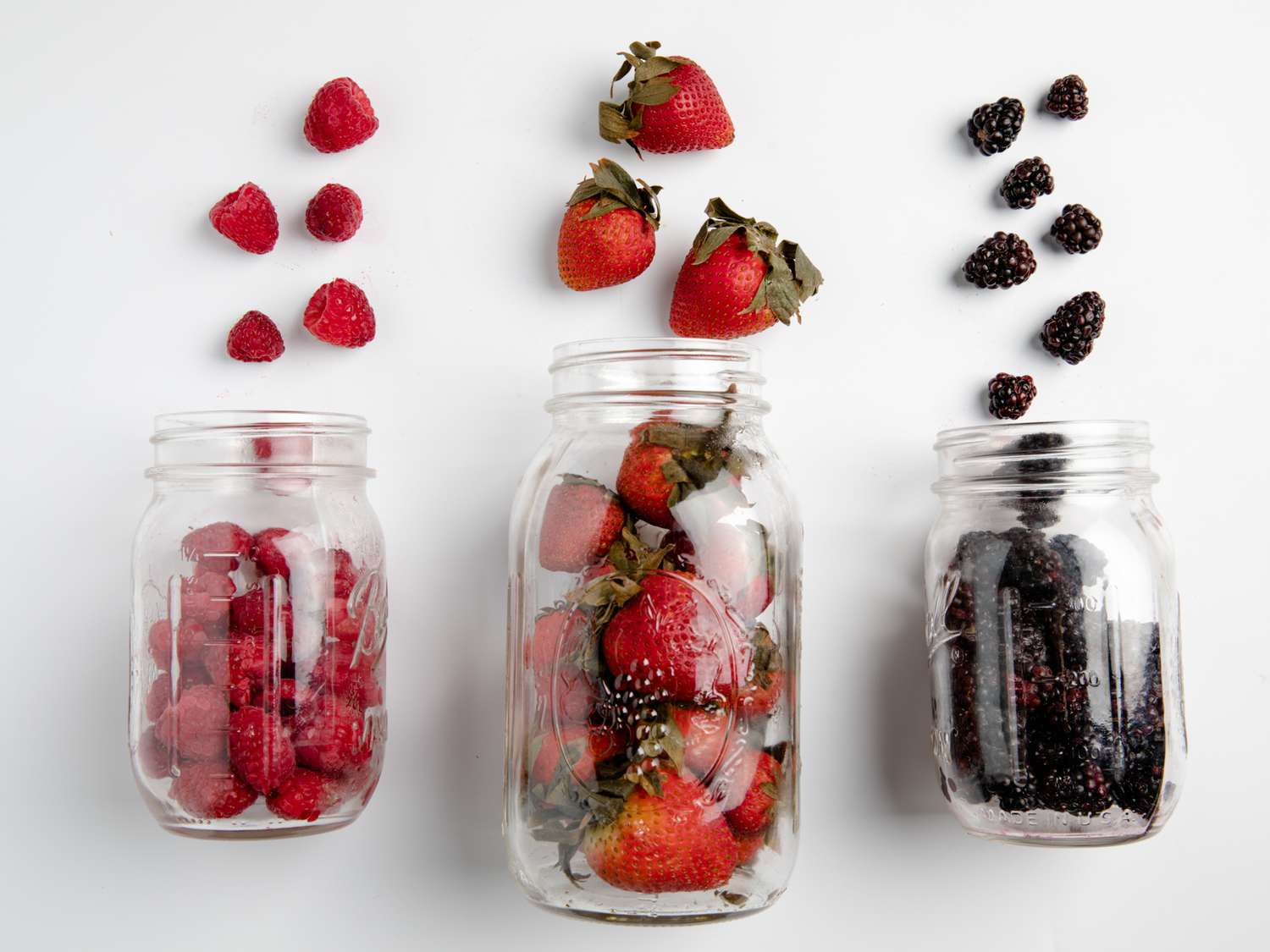

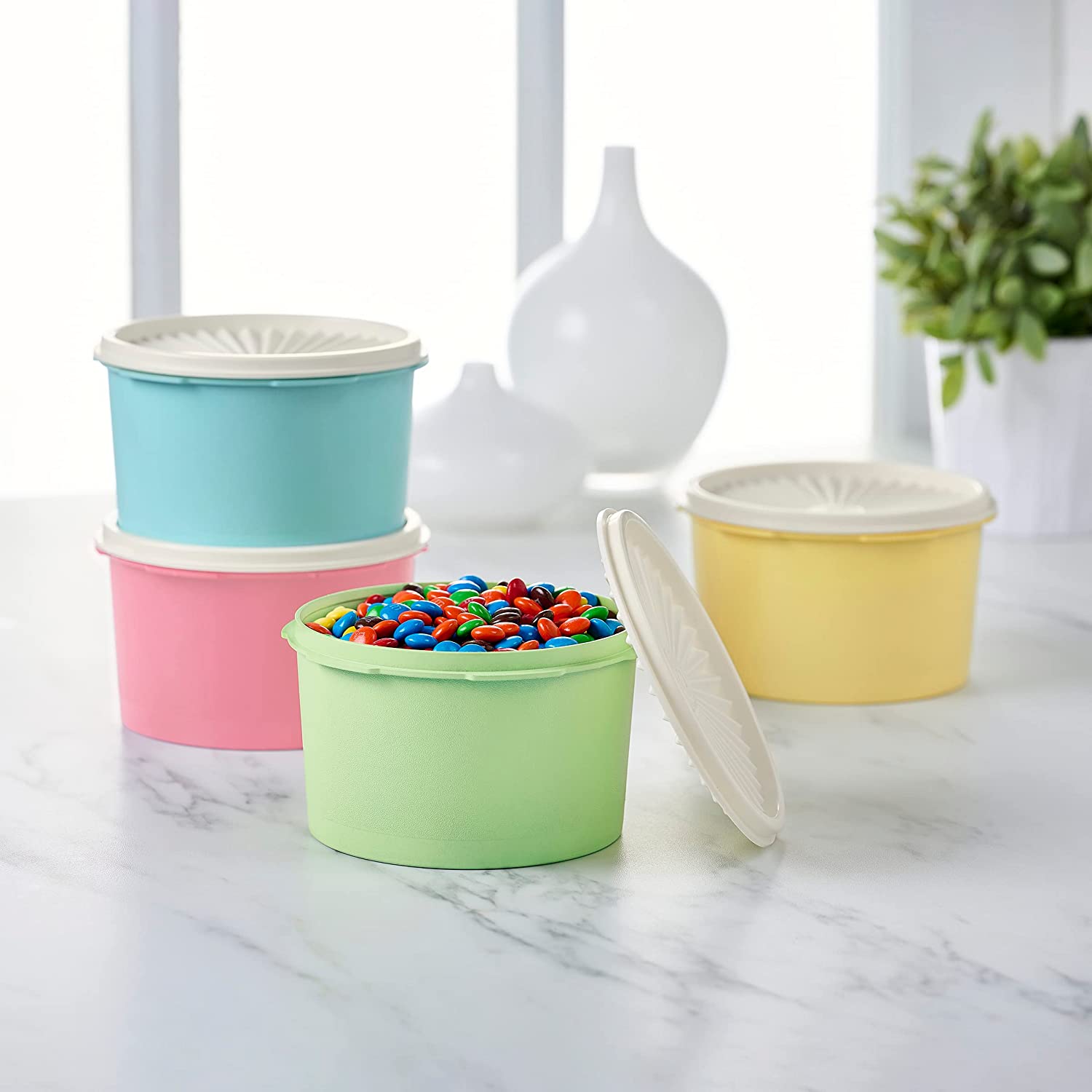
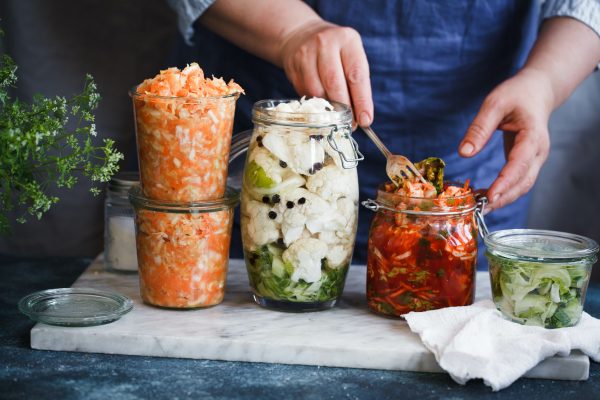



0 thoughts on “How To Organize Glass Tupperware”